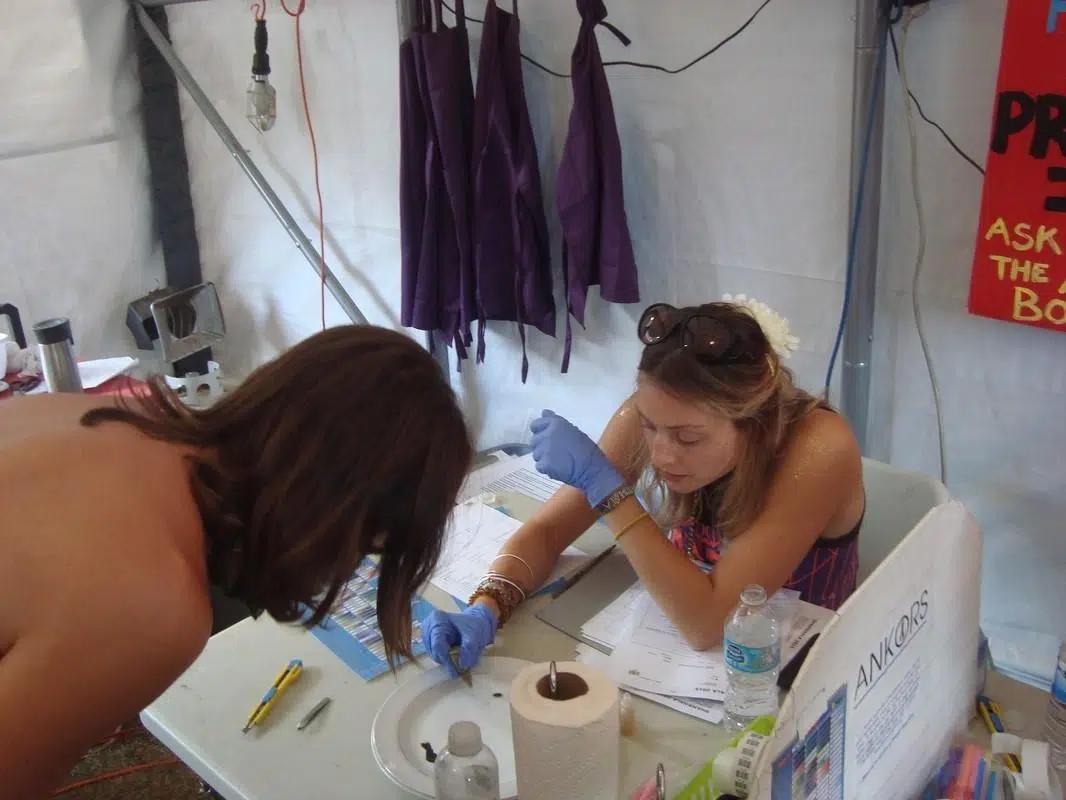
Music fest crowdfunds for drug-checking machine amid fentanyl overdose crisis
VANCOUVER — For the past 14 years, organizers of a giant electronic music festival on a British Columbia mountain ranch have quietly helped participants test their recreational drugs to find out what substances are inside.
Shambhala organizers will also hand out 4,000 pamphlets warning about the deadly drug fentanyl to those attending the festival that starts Wednesday.
But what they really want to increase safety is a miniature mobile mass spectrometer.
Unable to secure government funding for the sophisticated drug-testing machine, which could cost up to $250,000 or more, the harm-reduction provider for the festival has launched an online crowdfunding campaign hoping to make the purchase by next year. The machine can detect many ingredients in one substance.



